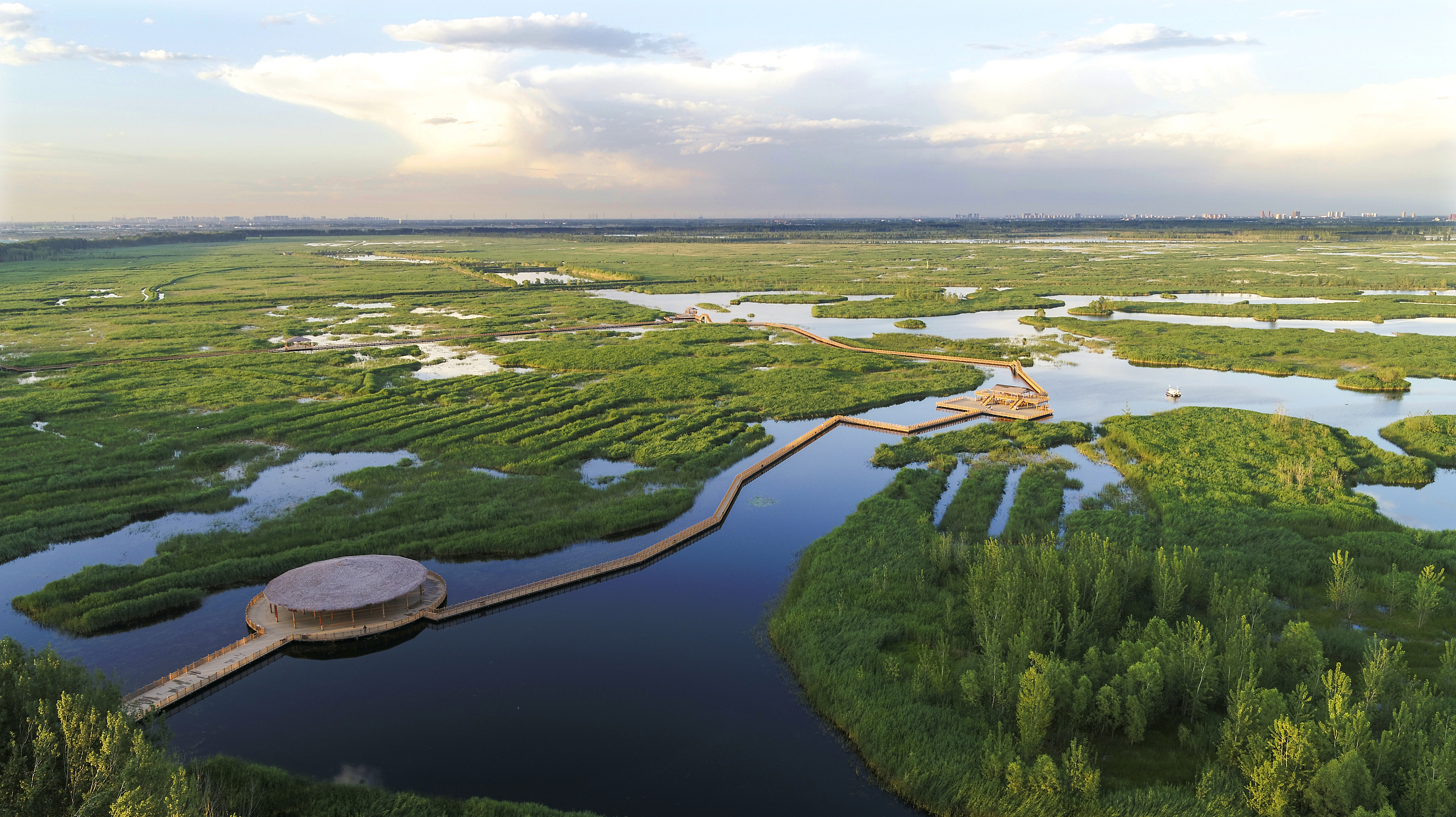
Baiyangdian Lake, northern China's largest freshwater wetland, is dubbed the"kidney of northern China" that functions as a regulator of the region's ecology. (PHOTO: VCG)
By MIAO Qing & CHEN Chunyou
To address the pressing issues of halted river flows, shrinking lakes and drying water bodies, MWR has meticulously researched and analyzed the situation to identify 88 critical water resources, comprising 78 rivers and 10 lakes, for inclusion in the recovery plan. These lakes and rivers are situated across 20 provinces in China.
MWR urged all departments to devise tailored recovery strategies for each river and lake. These solutions should focus on achieving goals, solving problems, and gaining good results.
To ensure effective recovery, MWR has mandated the full utilization of modern technologies to reach a thorough understanding of each water resource factor. Departments will then be able to better monitor and manage the recovery process.
International cooperation is expected between stakeholders. Li Guoying, minister of water resources, attended the 9th High Level Dialogue Conference of the China-Europe Water Platform on March 21, one day before World Water Day. Li called for strengthening cooperation between China and Europe in water management, both in policy and technology, emphasizing joint efforts to address global water challenges.
The trio will conduct a series of experiments in fields such as life science, fluid physics, combustion science and materials science. Notably, this is the first time that fruit flies have been taken on a Chinese space mission as experimental subjects. What made scientists choose fruit flies? What experiment will they undergo?
